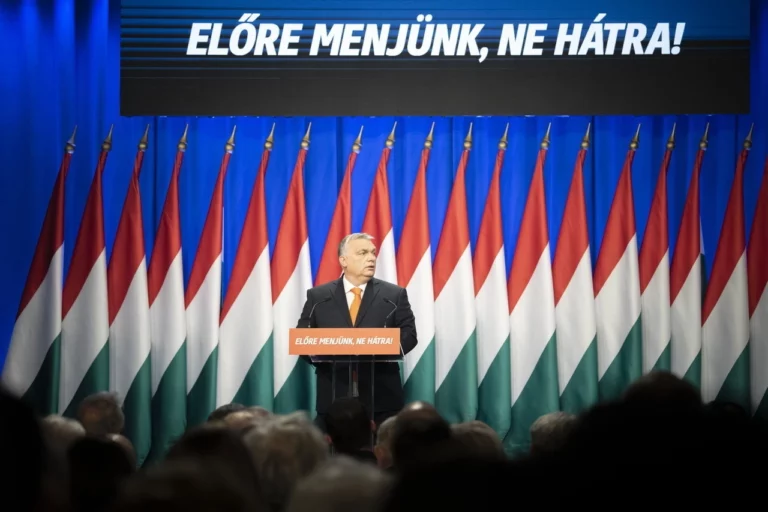military
Hungarian Defence Force receives major recognition from NATO

Orbán: Hungary won’t send weapons, soldiers to war zone

Minister: Hungary won’t allow lethal aid to transit its territory

Survey: 98% of Hungarians want to stay out of military conflict
Servicemen in East Hungary undertaking humanitarian, military tasks – PHOTOS

Hungarian troops continuously arriving in East Hungary

PM Orbán: Security of Hungarians most important

Opposition condemns Russian attack, calls Orbán NATO’s unreliable ally – UPDATED

Are Hungarians living in Ukraine separatists?

Russian attack against Ukraine: here is Hungary’s response

NBC: US soldiers sent to Hungary due to the Russian-Ukrainian conflict

Hungarians living in Ukraine prepared for a Russian attack!

Rare: Poland represented Hungary’s interests on Russia-Ukraine crisis summit
Will Hungary take sides if Russia attacks Ukraine?

Will Hungary send soldiers to fight in Ukraine?

What would the Hungarian armed forces do if Russia attacked Ukraine?

Defence minister: “we cannot predict Russia’s intentions”

PM Orbán: “Ukraine’s independence and viability a vested Hungarian interest”






